
Second Acts: A Navy Man Returns to His Ship
This is a story about a second act, discovered unexpectedly: A second act that has given meaning and purpose to the days, and hours, and ultimately to a life of one of our fellow Baby Boomers.
Gordon Stutrud is part of the Boomer Connections extended family. He has lived in the San Francisco Bay area of California most of his life. Seven years ago, Gordon, age 69, was visiting Mare Island in Vallejo, California, about 25 miles north of San Francisco. Mare Island is home to a naval shipyard–incidentally the first US Navy base on the Pacific Ocean and a key shipbuilding force during WWII. Gordon spent 5 years in the Navy in the 1960s and the experience was one of the defining periods of his life. He has a strong affinity for this area because of his experience. Gordon frequently visited Mare Island and the VA Clinic, and each time he spied a little gray ship tied up at the docks. It had been at a couple of locations previously on the base, behind locked gates, so he thought little of it. But now the ship—the USS LCS-102 “Yankee Dollar”—was moved to a more visible location and the gate was open. He couldn’t resist going over to check it out.
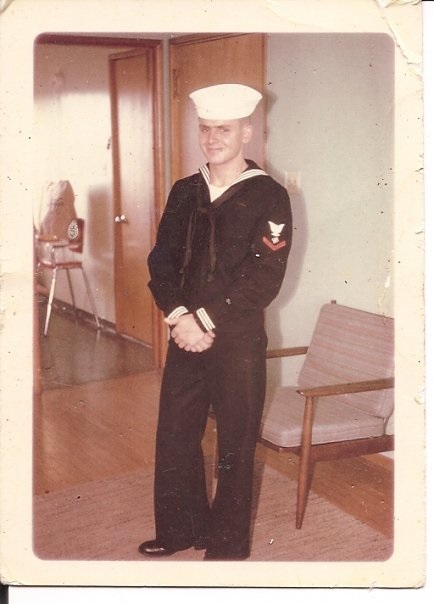
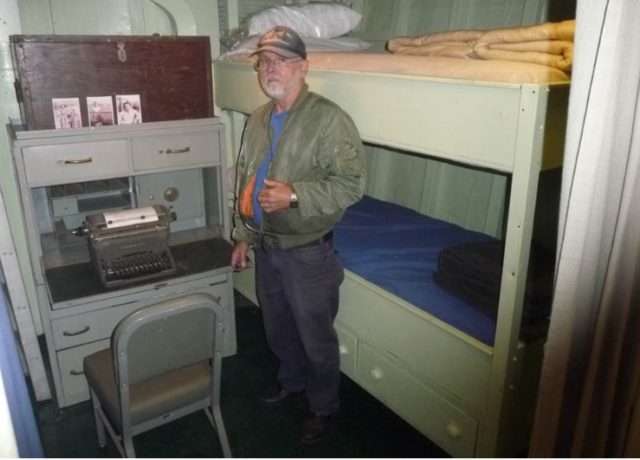
There was a guy hanging over the side painting and he told me to go aboard. As soon as I got inside the door the smell of the ship took me back decades to my Navy days. It hit me so strongly. I was transported back in time.
Gordon went down the ladder to the crew’s mess deck where he met the skipper and the engineer. He told them about his Navy background, followed by a long career as an electronic engineer, and they asked him if he would like to volunteer. What unfolded was the second act that changed his life.
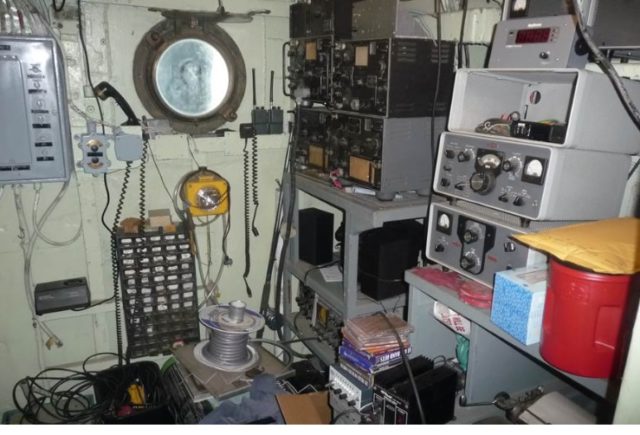
Gordon learned that the ship was a WWII gunboat and the last of its kind. The goal for the ship was to make it operational as a mobile museum. What a challenge! Gordon is one of the very few individuals that has the knowledge of the ship and its workings. Vacuum tube electronics was his specific job and expertise, but he was familiar with all aspects of the ship during his time working aboard while on active duty.
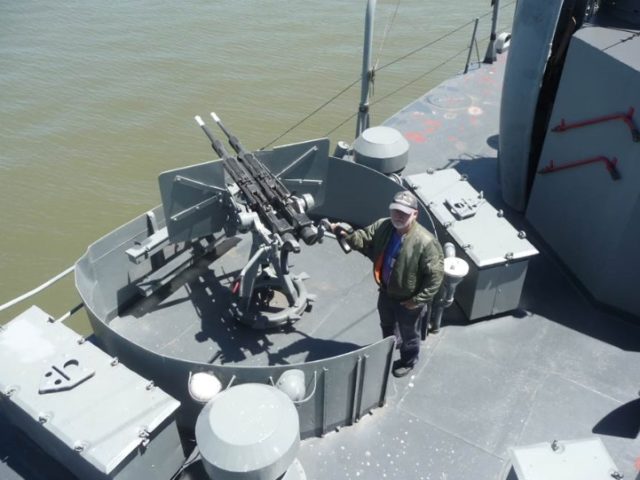
I had been retired for a few years and had spent time fishing and gardening. That was fine, but the ship really stole my interest. When I was in the Navy during the 60s, the ships on which I was stationed were WWII vessels, and that’s what I worked on. But as the Navy modernized and technology advanced, that early knowledge went into the dark basement of my mind. Now with this WWII ship back in my life, I dragged it all up and was able to begin applying it again. When lights went out I knew where to go to fix it. Procedures and protocol were second nature in my job then, and it all came back to me.
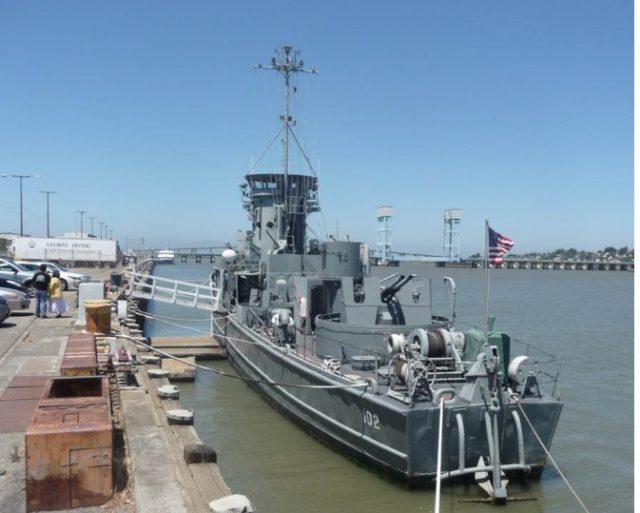
Before long, Gordon was appointed as the ships Executive Officer. His knowledge is highly valued, and he is a highly regarded member of the team. He loves showing visitors around the ship. Some of the visitors are ex-Navy and they often comment on the ship’s smell, one of the first things that Gordon himself had noticed, that took him right back in time.
The old remaining WWII veterans come aboard, and I watch their faces when they get their first whiff of that smell. They practically turn into teenagers and they start talking about their experiences. Often their families tell us that the old vets had never talked about their service until they came aboard and started to remember.
Besides the work to be done on the ship, the comradeship of the volunteers is key.
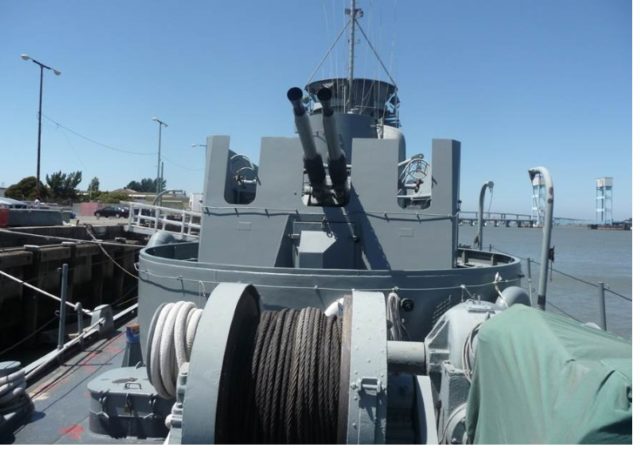
We are shipmates just like we were on active duty. It’s part of the life on the ship. If I were alone on the ship it would not be the same experience as when the crew is aboard–it is the feeling of camaraderie, brothers in arms. When you retire, it leaves a big hole in your life.
During his seven years as a volunteer, the ship was open three days a week and Gordon was there all day on those days. In addition, on other days he worked to procure things for the ship and handled all arrangements for special visitors, and all the school classes that come for tours. He is in charge of student volunteers who do community service work on the ship. He is the most active volunteer. Not surprisingly, volunteering on the ship has taken up much of Gordon’s time over these past years. When asked if he finds that all these hours spent volunteering drains his time or prevents him from doing other things, and why he is so committed, he replies:
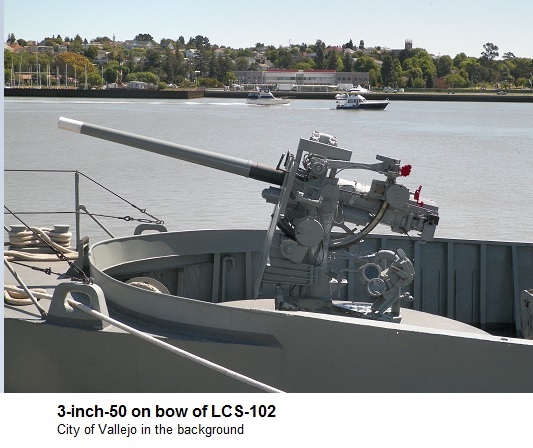
What else would I be doing—sitting in the garage, drinking beer and watching TV? I don’t play golf like a lot of other retirees do. I spend a lot of time walking around and talking to people, I like that. This is my second childhood back on the ship. I love being on board, the camaraderie with the other guys who share my same experiences is the main draw. This ship was a big deal in all our lives. It is very satisfying to explain things to people, and always feels good when they ask questions. I love when vets or family of vets come to find out about the ship, and then in turn tell us their stories. I love to see the school kids visit. One time we had WWII vets on board as well as students visiting who were studying WWII and the vets were able to tell their stories and answer the kids’ questions. I know everything that is going on in the ship; that sense of responsibility is a motivator. In many of my jobs during my career I bubbled to the top and then became bored and wanted to move on; here I don’t want to move on.
The ship is currently in dry dock for repairs, and therefore not open for tours, so Gordon’s work is suspended. When asked if he will continue to serve he notes that the longevity of the ship is the question–and whether or not it is actually on the water. It is the feeling of the movement on the water that defines the experience in his mind, and it simply would not be the same on dry land. Ask any Navy man and he would likely say the same.
I’ll be there as long as the boat is in the water, as long as the boat and I are afloat!
Thank you, Gordon, for telling the story of rediscovery and meaning—and staying relevant—a concept we love and champion here at Boomer Connections.
Try and remember what you inherently loved before a career and other responsibilities took over and you simply did not have time to feed that passion. Maybe it is time to bring it back into your life and share it with others in a volunteer capacity.
Visit the Landing Craft Support Museum website to check out the ship!
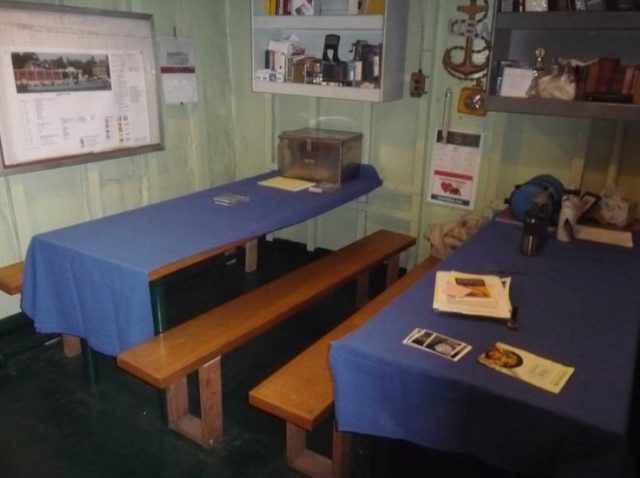
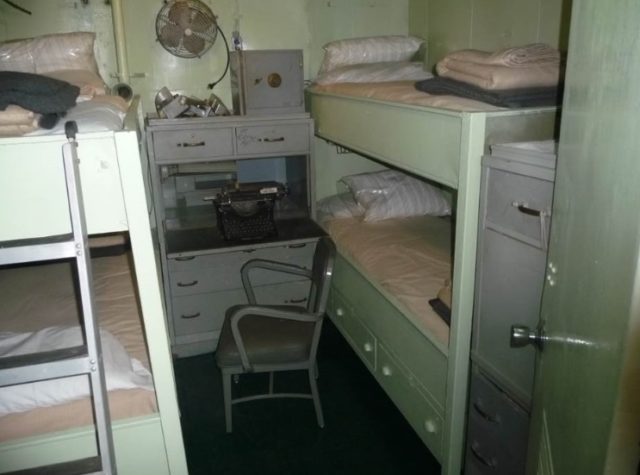
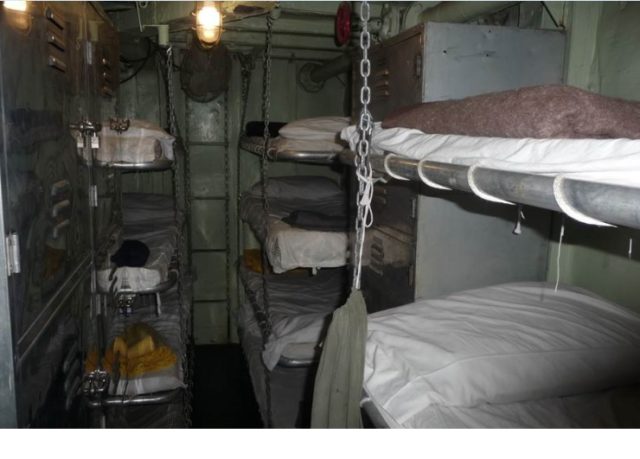

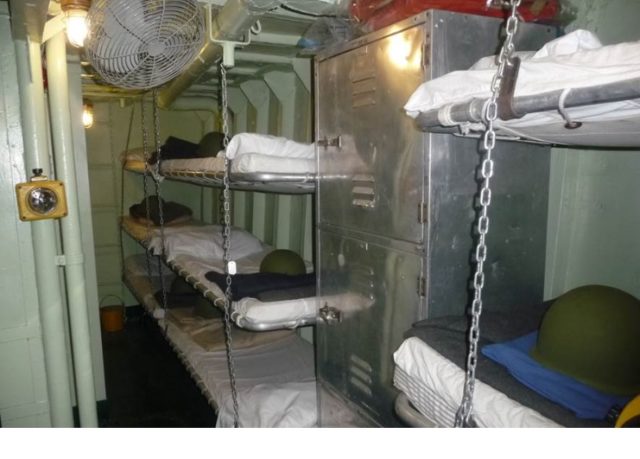
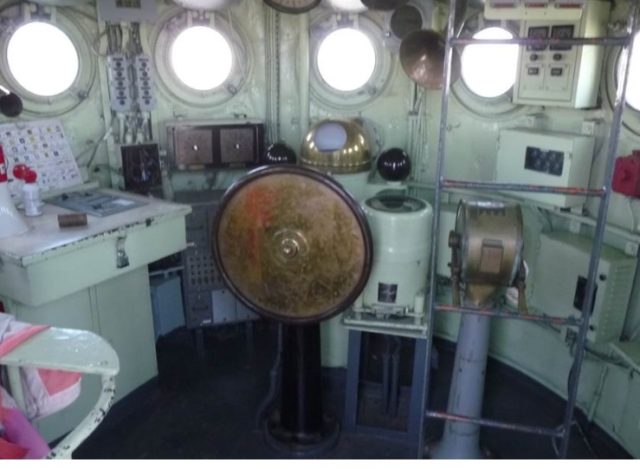
I enjoyed reading this story. Thanks for the education.